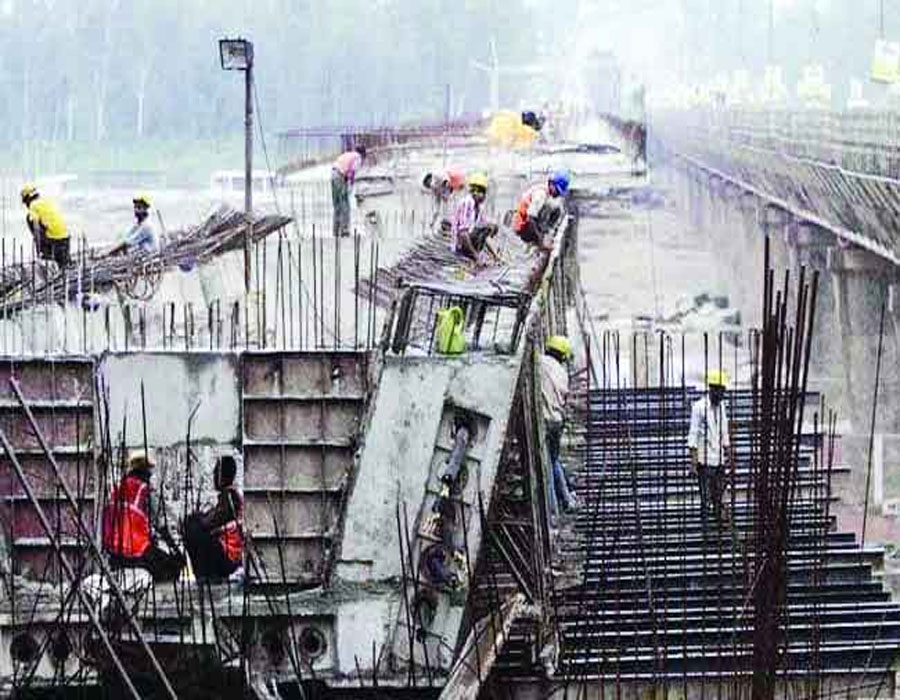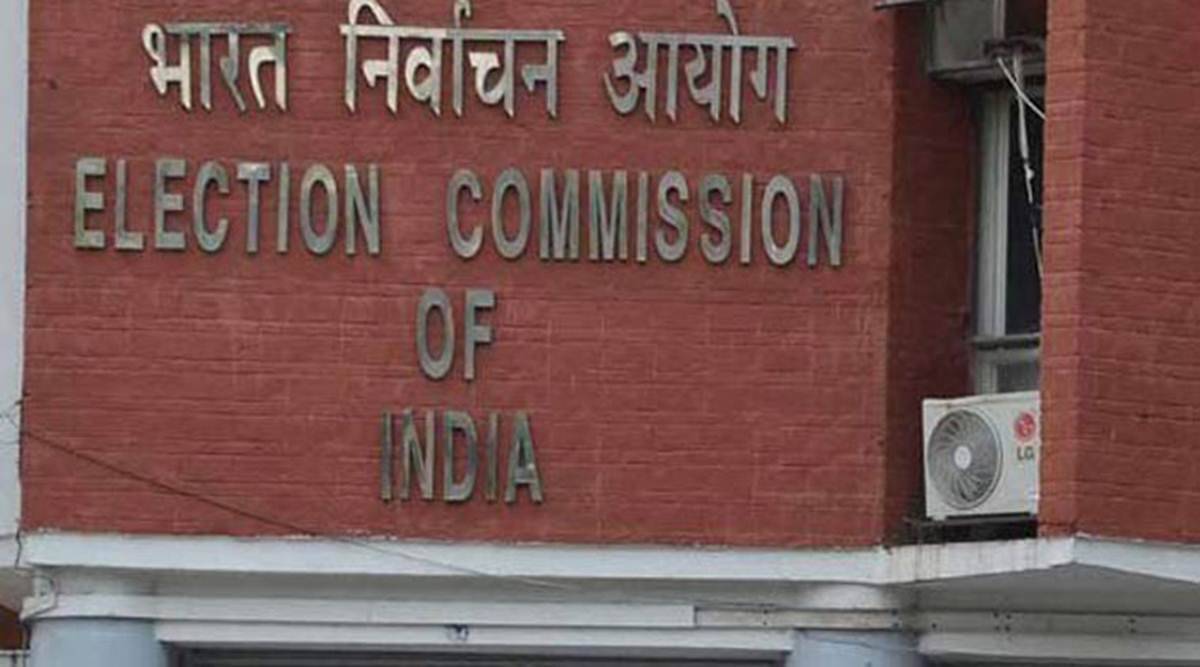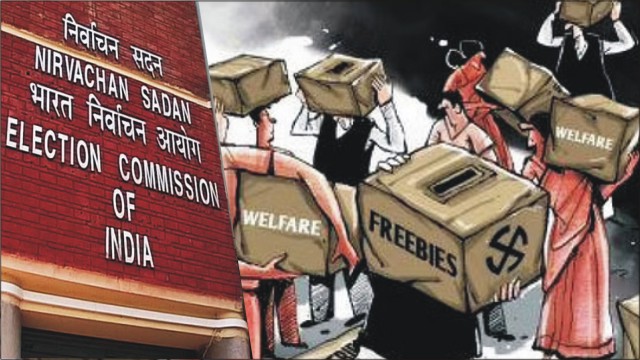India is the second fastest-growing economy in the world after China and with a projected population growth of 180 million people every ten years, the country needs a lot of housing. The Government of India's Ministry of Housing & Urban Poverty Alleviation recently reported an immediate need for 26.53 million houses with additional growth of 7.37% from 2007 to 2012. Meanwhile, India's middle class is growing exponentially. A recent report by McKinsey Global Institute, the economic research arm of the international consulting group McKinsey and Company, states that India's middle class currently constitutes 50 million. By 2025 this will exceed to 583 million - roughly 41% of the population. These household incomes will grow to 51.5 trillion rupees, ($1.1 trillion USD), the report says, 11 times today's level and 58% of total Indian income. This means India's housing industry needs another 62.8 million houses by 2025." According to the Government of India approximately US$200 Billion will be required over the next 7-10 Years for Basic Infrastructure Projects". In India alone, The Economic Intelligence unit estimates that an 80 Million unit housing shortage exists, 40 Million of this in urban areas. It is evident that the infrastructure of our nation has to be addressed in all areas and modernized to the levels of developed nations. The numbers quoted are enormous and of a truly staggering proportion. Frankly, the state of the nation's infrastructure remains severely out of date and built to the requirements of many decades ago and is not capable of supporting the largely increased population which is expected to surpass that of China by 2050.
Regrettably, the Indian system works to frustrate the transaction, for example, in certain areas such as Land Registration, Title Clearance and Land Conversion there is a convoluted and arduous process here at best. This can be made completely transparent and easily accessible through legal reforms with appropriate laws enacted and a well-managed, organized electronic database. These simple procedures would increase global and national competitiveness, encourage entrepreneurship and simultaneously increase national productivity, development and distribution of higher-quality products and services resulting in lower consumer pricing. This is a reason why since 1980, Our Northern neighbor China has attracted approximately $345 billion USD in FDI, while India has languished behind at a mere $18 billion USD.
Few realize that while 54% of the US's $13 trillion GDP is linked to its organized realty industry, India's real estate currently constitutes only 3% of the GDP, (projected to reach 12% by 2015.) India's real estate sector has only been open to foreign investors since 2004. Foreclosure laws were introduced the same year under the Securitization Act. No residential mortgages existed until early 2000 and no land loans, construction loans, Real Estate Investment Trusts (REITs) nor conventional construction finance like we know it in the West exist to this day.
Indian real estate development has declined in the last year because of the global economy, primarily a knee-jerk reaction but it will resurge strongly due to the country's projected population growth (180 million per decade and 70% growth in major metro areas per decade.) Cushman & Wakefield Research is equally optimistic. A recent paper, it states that India's real estate will remain robust, especially in its residential market.
Addressing India's Housing and Infrastructure requirements is an immense task that will require everyone's cooperation at all levels. It is now very clear that we need to continue to create this alternative framework or system in the Urban Infrastructure & Housing sector through aggressive and rapid reforms. The corporatizing of this sector to international levels and making it attractive to FDI can and will bring great benefits to us through large FDI flows in this sector.
So the time has come to jump the ravine in one giant leap. A series of feeble jumps can only lead to inertia and a further lack of productivity. So the question in front of us is whether we have the industry resolve to enact the necessary measures required at the policymaking level. If we can, the results will be immediate and relief will be clear as we tap into the enormous power of the international money markets. Their favor to our nation will in effect provide an invaluable equity component when channeled into our infrastructure projects and their financing provision will affect massive infrastructure and housing developments greatly benefiting the nation of India and her children as well as all parties involved.








 OpinionExpress.In
OpinionExpress.In















Comments (0)